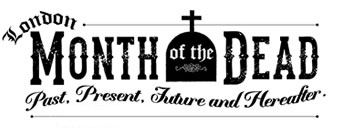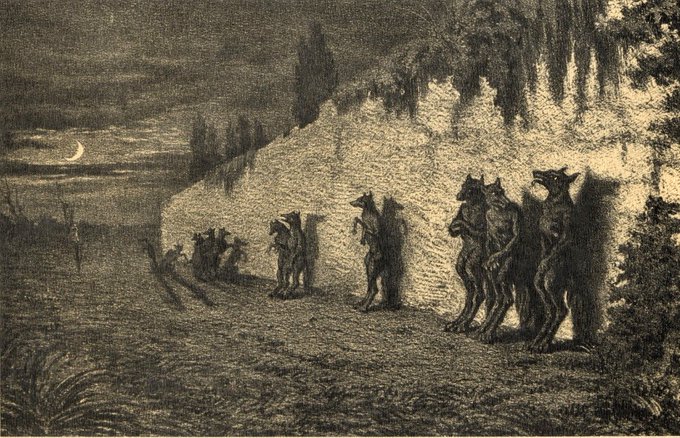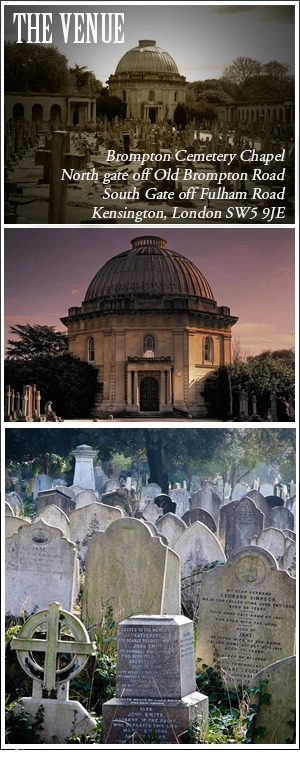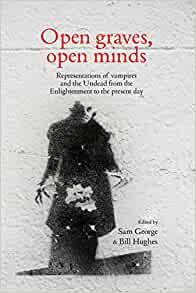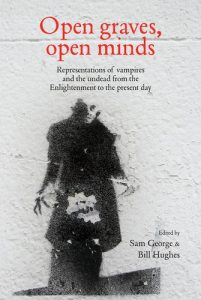Various events and CFPs coming up soon. I’ve left this post quite late, sorry, so check dates as some are urgent!
1. English Folktales Lost & Found: Storytelling and Scholarship
5–6pm (BST), 11 October 2022, Sir Victor Blank Lecture Theatre, Weston Library, Oxford
Scholars have long lamented the scant records of oral storytelling in England, compared to the riches harvested from Scotland, Denmark or Japan. How do you retrieve a lost tradition? It turns out the English folktale tradition is full of weirdness and wonder—a mirror to ourselves.
Neil Philip and Elizabeth Garner share the development of their new collections of old stories: The Watkins Book of English Folktales and Lost & Found. Their talks will be followed by a discussion exploring the process of recording or rewriting tales, and the crossover between scholarship and creative interpretation.
2. CFP: Gothic Women Conference: The Year of Gothic Women
University of Dundee, 29-31 August 2023. Deadline: 31 January 2023
The year 2023 marks the bicentenary of both Ann Radcliffe’s death and two major publications for Mary Shelley: the first edition of Valperga and the second edition of Frankenstein,which now bore her name as author. The Gothic Women Project showcases exciting new strands of research on women’s writing in the Gothic mode, focusing on underappreciated texts by major authors as well as works by marginalised figures. Building on our successful online seminar series, this conference brings scholars into conversation with creative writers, artists, and heritage professionals. We aim to examine the different ways in which the Gothic raises questions of self-definition in a time of crisis, to explore the diversity of women’s Gothic writing in the Romantic period, and to celebrate the afterlives and legacies of this work through the centuries.
3. CFP: Time of Monsters conference
16-17 November 2022, University of Bielsko-Biała, Poland. Deadline: 15 October 2022
Klaus Nürnberger, an expert in the evolution of ideas, sees the recurring manifestations of the monstrous in different cultures as units of meaning travelling forward in time, and in his seminal seven theses on monster culture, Jeffrey Jerome Cohen makes a complementary claim, succinctly reminding us that monsters are inevitably manifestations of the historical circumstances that spawn them: “The monstrous body is pure culture.”[2] After all, the very etymology of the word monster (“that which reveals”, “that which warns”) encourages treating the monstrous as a text of culture par excellence. This is why our conference invites scholars from various fields to explore the possibilities of reading the terror of our monstrous times as symptoms of what has been hiding beneath the shiny surfaces of our culture.
4. CFP: Fireside Tales of Terror: The Gothic and Winter
University of Warwick, 15-16th December 2022. Deadline: 17 October 2022
Julia Briggs writes that ‘The telling of tales around the fireside makes explicit a particular aspect of the ghost story which depends upon a tension between the cosy familiar world of life (associated with Heim and heimisch – home and the domestic) and the mysterious and unknowable world of death (unheimlich, or uncanny)’ (180-1), inviting us to think about the spaces and places of Winter Gothic; often juxtaposed against the chilling and deadly atmosphere and dark nights of the “outside” which the narrator of the “Fireside Horrors” piece insists make the conjunction of tale of terror and the winter period so ideal. In fact, many other Gothic works use that setting of snow, ice, and long shadowy nights outside of the Christmas period as they explore the horrors hidden in isolated arctic landscapes [. . .] Yet, what happens to, and what does Winter/Christmas Gothic mean, in a global context and in regions where that season is hot and dry? And so, we also invite pieces that challenge the traditional connections.
5. Hardy and Gothic Wessex: A Weekend Conference Featuring Dorset’s Darker Side!
28-30 October 2022, Dorchester Town Hall in the Corn Exchange Building.
The rural idyll of Thomas Hardy’s Wessex does not immediately conjure images commensurate with the stereotypical Gothic tropes of crumbling castles, life after death, the cessation of patrilineage, ghosts, premature burial and confinement. However, Hardy utilized Gothic tropes in many of his short stories and arguably some of his novels, particularly the sensation tale Desperate Remedies. In works such as ‘Barbara of the House of Grebe’, ‘The Doctor’s Legend’, ‘The Withered Arm’ and ‘Fiddler of the Reels’ we see Hardy making recourse to folk-horror legends and practices and psycho-sexual torture and confinement. Ghosts and their portents abound in his poetry and he was acutely aware of the presence of the Unheimliche – that which should be repressed but has reared its ugly head in order to frighten, to reaffirm the existence of the Uncanny.




